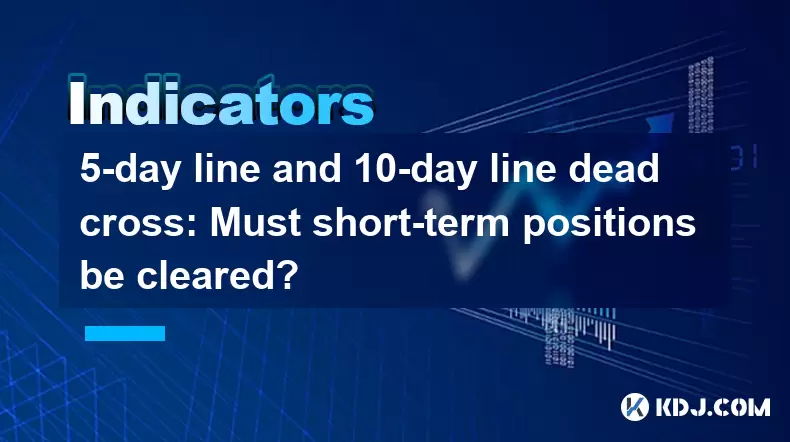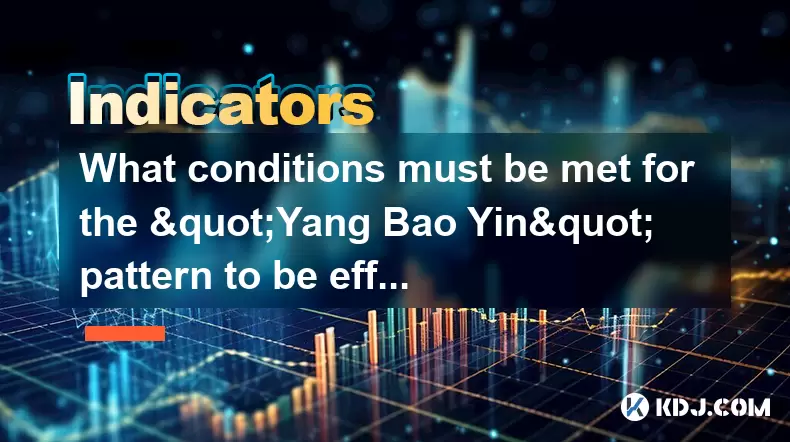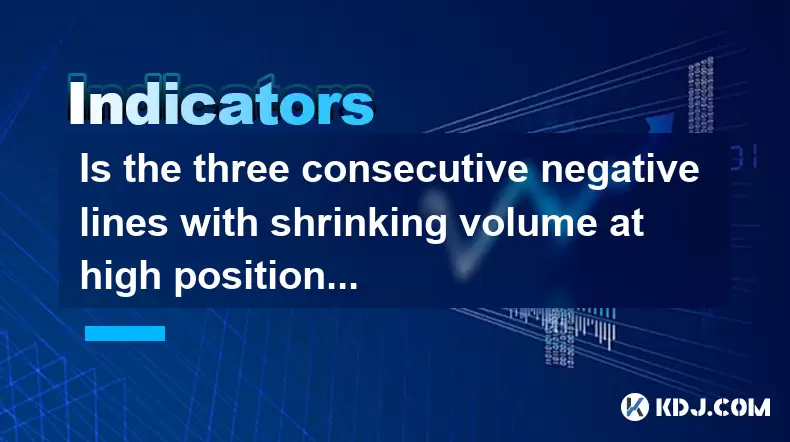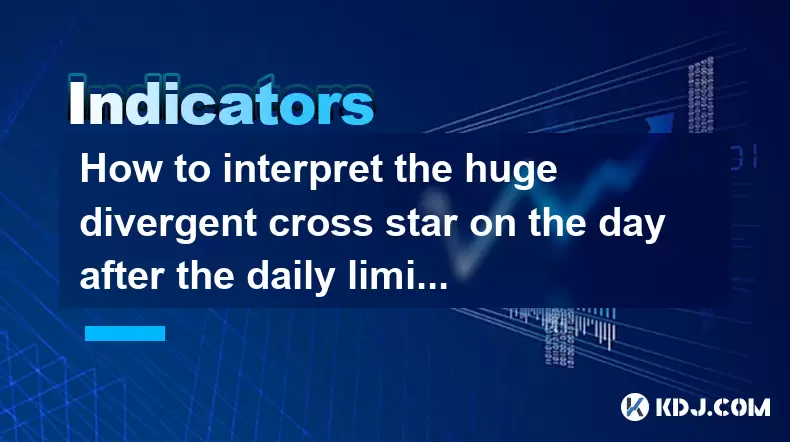-
 Bitcoin
Bitcoin $105,053.8967
0.28% -
 Ethereum
Ethereum $2,536.9103
0.49% -
 Tether USDt
Tether USDt $1.0004
0.01% -
 XRP
XRP $2.1735
1.51% -
 BNB
BNB $650.9659
-0.36% -
 Solana
Solana $146.0013
1.03% -
 USDC
USDC $1.0000
0.01% -
 Dogecoin
Dogecoin $0.1776
1.66% -
 TRON
TRON $0.2700
-1.20% -
 Cardano
Cardano $0.6367
0.08% -
 Hyperliquid
Hyperliquid $41.5154
4.36% -
 Sui
Sui $3.0303
1.00% -
 Bitcoin Cash
Bitcoin Cash $436.0395
5.03% -
 Chainlink
Chainlink $13.1926
-0.32% -
 UNUS SED LEO
UNUS SED LEO $9.0306
-0.41% -
 Stellar
Stellar $0.2595
0.37% -
 Avalanche
Avalanche $19.1528
0.37% -
 Toncoin
Toncoin $3.0008
1.46% -
 Shiba Inu
Shiba Inu $0.0...01218
4.24% -
 Hedera
Hedera $0.1597
4.06% -
 Litecoin
Litecoin $86.1907
2.88% -
 Polkadot
Polkadot $3.8078
-0.27% -
 Ethena USDe
Ethena USDe $1.0005
0.02% -
 Monero
Monero $315.3789
0.26% -
 Dai
Dai $0.9999
0.01% -
 Bitget Token
Bitget Token $4.5446
0.46% -
 Pepe
Pepe $0.0...01114
4.48% -
 Uniswap
Uniswap $7.3261
1.15% -
 Pi
Pi $0.5867
5.21% -
 Aave
Aave $276.8268
-2.40%
5-day line and 10-day line dead cross: Must short-term positions be cleared?
A 5-day and 10-day moving average dead cross signals short-term bearish momentum, but should be confirmed with volume, RSI, or candlestick patterns before acting.
Jun 13, 2025 at 08:02 am

Understanding the 5-Day and 10-Day Moving Average Dead Cross
In technical analysis, moving averages are widely used by traders to identify trends and potential reversals. The 5-day moving average and 10-day moving average dead cross occur when the shorter-term (5-day) line crosses below the longer-term (10-day) line. This pattern is considered a bearish signal in many markets, including cryptocurrency.
When this dead cross appears on a chart, it often suggests that short-term momentum has turned downward. However, whether this should lead to an immediate liquidation of short-term positions depends on multiple factors, including market context, volume, and other confirming indicators.
Important Note:
A dead cross is not a guaranteed sell signal. It should be used in conjunction with other tools such as RSI, MACD, or support/resistance levels before making any trading decisions.What Does a Dead Cross Indicate in Cryptocurrency Markets?
Cryptocurrencies are known for their high volatility and rapid price swings. In such an environment, a 5-day and 10-day moving average dead cross may appear frequently. This doesn’t always mean the trend is reversing—it might just reflect a temporary pullback.
The dead cross typically signals that recent buying pressure has weakened and selling pressure is increasing. Traders interpret this as a sign that bears are gaining control. However, due to the speculative nature of crypto assets, false signals can be common.
- Volume Confirmation: A genuine bearish signal is usually accompanied by increased volume.
- Historical Context: If the asset has been in a strong uptrend, the dead cross might be a temporary consolidation rather than a reversal.
- Market Sentiment: External news or macroeconomic events can influence how reliable the dead cross appears.
Should Short-Term Positions Be Cleared Immediately?
This question is at the core of trader psychology and risk management. Some traders believe that once a dead cross forms, it's prudent to exit short-term long positions to protect profits. Others argue that timing exits based solely on this crossover can result in missed opportunities if the price rebounds quickly.
If you're holding a position based on a short-term strategy, especially one that relies on moving averages, then recognizing a dead cross could be a valid reason to reassess your trade. However, it’s crucial to look at the broader picture.
- Trailing Stop Loss: Instead of closing the entire position, consider adjusting your stop loss to lock in gains.
- Partial Exit Strategy: Sell a portion of your holdings while keeping some exposure in case the trend resumes.
- Timeframe Analysis: Check higher timeframes (e.g., daily or weekly charts) to see if the larger trend still supports your position.
How to Confirm the Validity of a Dead Cross Signal
Not all dead crosses are created equal. To avoid being whipsawed by false signals, traders use additional confirmation techniques. These help filter out noise and focus on high-probability setups.
One popular method is to observe the Relative Strength Index (RSI) alongside the moving averages. If RSI is also showing bearish divergence or entering oversold territory, the dead cross becomes more credible.
Another technique involves checking candlestick patterns around the crossover. A bearish engulfing pattern or a dark cloud cover forming near the dead cross adds weight to the sell signal.
- Use of Oscillators: Combine with MACD or Stochastic for confirmation.
- Support Level Monitoring: Watch if the price breaks key support levels after the cross.
- Candlestick Validation: Look for bearish candle formations around the crossover point.
Practical Steps to Manage Your Position Around a Dead Cross
Managing your position effectively during a 5-day and 10-day moving average dead cross requires discipline and a clear plan. Here’s a breakdown of actionable steps:
- Step 1: Identify the Crossover: Use charting platforms like TradingView or Binance’s native tools to spot the exact moment of the cross.
- Step 2: Analyze Volume: Check if the volume on the day of the cross is above average—this increases the signal’s reliability.
- Step 3: Review Other Indicators: Overlay RSI, MACD, or Bollinger Bands to assess the strength of the move.
- Step 4: Evaluate Risk-Reward Ratio: If the potential downside is greater than upside, consider reducing exposure.
- Step 5: Execute Based on Strategy: Whether it’s exiting entirely, scaling out, or hedging, do so according to your predefined rules.
Frequently Asked Questions
Q: Can a dead cross ever be bullish?
A: No, a dead cross specifically refers to the 5-day MA crossing below the 10-day MA, which is inherently bearish. However, in some cases, especially in volatile crypto markets, it may precede a bounce rather than a sustained downtrend.
Q: Is the dead cross more effective in certain cryptocurrencies?
A: The effectiveness of the dead cross can vary depending on the liquidity and volatility of the asset. Larger-cap coins like Bitcoin or Ethereum may provide more reliable signals compared to smaller altcoins.
Q: Should I use the dead cross on intraday charts?
A: Yes, but with caution. On shorter timeframes like 1-hour or 4-hour charts, the dead cross can generate many false signals. Combining it with volume and price action helps improve accuracy.
Q: What is the difference between a death cross and a dead cross?
A: The death cross occurs when the 50-day MA crosses below the 200-day MA, signaling a long-term bearish shift. The dead cross, on the other hand, refers to the 5-day MA crossing below the 10-day MA, indicating a short-term bearish shift.
Disclaimer:info@kdj.com
The information provided is not trading advice. kdj.com does not assume any responsibility for any investments made based on the information provided in this article. Cryptocurrencies are highly volatile and it is highly recommended that you invest with caution after thorough research!
If you believe that the content used on this website infringes your copyright, please contact us immediately (info@kdj.com) and we will delete it promptly.
- Despite the news that Binance will delist the token on May 2, Alpaca Finance shocked the cryptocurrency market with a 1,100% price increase in the last week.
- 2025-06-14 20:50:13
- Ripple Reportedly Offered $4–5 Billion to Acquire Circle, the Issuer of USDC
- 2025-06-14 20:50:12
- Bitcoin (BTC) Price Prediction: Targeting $351,046 in 2025
- 2025-06-14 20:45:13
- CIA Eyes Bitcoin as Strategic Tool for Payments and Intelligence
- 2025-06-14 20:45:13
- SBTs (Soulbound Tokens): The Next Phase of Decentralized Identity
- 2025-06-14 20:40:13
- Cathie Wood of Ark Invest Predicts Bitcoin (CRYPTO: BTC) Will Hit a Price of $2.4 Million by the Year 2030
- 2025-06-14 20:40:13
Related knowledge

How to calculate the probability of trend continuation after the MACD column divergence?
Jun 14,2025 at 08:01am
Understanding MACD Column DivergenceThe Moving Average Convergence Divergence (MACD) is a widely used technical indicator in cryptocurrency trading. The MACD column, also known as the histogram, represents the difference between the MACD line and the signal line. When price makes a new high or low but the MACD histogram does not confirm this movement, a...

What are the volume requirements for adjusting the K line in the "rising three methods" pattern?
Jun 14,2025 at 07:50am
Understanding the 'Rising Three Methods' Pattern in Cryptocurrency TradingThe 'rising three methods' pattern is a bullish continuation candlestick formation that traders often use to identify potential upward momentum in cryptocurrency price charts. This pattern typically appears during an uptrend and suggests that the trend is likely to continue after ...

What conditions must be met for the "Yang Bao Yin" pattern to be effective?
Jun 14,2025 at 06:42am
Understanding the 'Yang Bao Yin' Pattern in Cryptocurrency TradingThe Yang Bao Yin pattern is a candlestick formation commonly observed in technical analysis within the cryptocurrency market. This pattern typically signals a potential bullish reversal after a downtrend. However, for this pattern to be effective and reliable, certain conditions must be m...

Is the three consecutive negative lines with shrinking volume at high positions a signal that the main force has finished shipping?
Jun 14,2025 at 09:56am
Understanding the Concept of Three Consecutive Negative LinesIn cryptocurrency trading, three consecutive negative lines refer to a situation where an asset's price chart shows three successive candlesticks with closing prices lower than their opening prices. This pattern typically indicates bearish sentiment in the market. When this occurs at high posi...

Is it an opportunity for the long positive line with large volume to break through the platform and then shrink back?
Jun 14,2025 at 04:42am
Understanding the Long Positive Line with Large VolumeIn technical analysis, a long positive line refers to a candlestick pattern where the closing price is significantly higher than the opening price, often indicating strong buying pressure. When this occurs alongside large volume, it suggests that market participants are actively involved in pushing t...

How to interpret the huge divergent cross star on the day after the daily limit?
Jun 14,2025 at 02:35pm
Understanding the Divergent Cross Star PatternIn the realm of technical analysis within cryptocurrency trading, candlestick patterns are essential tools for predicting price movements. One such pattern is the divergent cross star, which appears as a doji or near-doji candle following a significant price move. When this pattern occurs the day after a dai...

How to calculate the probability of trend continuation after the MACD column divergence?
Jun 14,2025 at 08:01am
Understanding MACD Column DivergenceThe Moving Average Convergence Divergence (MACD) is a widely used technical indicator in cryptocurrency trading. The MACD column, also known as the histogram, represents the difference between the MACD line and the signal line. When price makes a new high or low but the MACD histogram does not confirm this movement, a...

What are the volume requirements for adjusting the K line in the "rising three methods" pattern?
Jun 14,2025 at 07:50am
Understanding the 'Rising Three Methods' Pattern in Cryptocurrency TradingThe 'rising three methods' pattern is a bullish continuation candlestick formation that traders often use to identify potential upward momentum in cryptocurrency price charts. This pattern typically appears during an uptrend and suggests that the trend is likely to continue after ...

What conditions must be met for the "Yang Bao Yin" pattern to be effective?
Jun 14,2025 at 06:42am
Understanding the 'Yang Bao Yin' Pattern in Cryptocurrency TradingThe Yang Bao Yin pattern is a candlestick formation commonly observed in technical analysis within the cryptocurrency market. This pattern typically signals a potential bullish reversal after a downtrend. However, for this pattern to be effective and reliable, certain conditions must be m...

Is the three consecutive negative lines with shrinking volume at high positions a signal that the main force has finished shipping?
Jun 14,2025 at 09:56am
Understanding the Concept of Three Consecutive Negative LinesIn cryptocurrency trading, three consecutive negative lines refer to a situation where an asset's price chart shows three successive candlesticks with closing prices lower than their opening prices. This pattern typically indicates bearish sentiment in the market. When this occurs at high posi...

Is it an opportunity for the long positive line with large volume to break through the platform and then shrink back?
Jun 14,2025 at 04:42am
Understanding the Long Positive Line with Large VolumeIn technical analysis, a long positive line refers to a candlestick pattern where the closing price is significantly higher than the opening price, often indicating strong buying pressure. When this occurs alongside large volume, it suggests that market participants are actively involved in pushing t...

How to interpret the huge divergent cross star on the day after the daily limit?
Jun 14,2025 at 02:35pm
Understanding the Divergent Cross Star PatternIn the realm of technical analysis within cryptocurrency trading, candlestick patterns are essential tools for predicting price movements. One such pattern is the divergent cross star, which appears as a doji or near-doji candle following a significant price move. When this pattern occurs the day after a dai...
See all articles

























































































